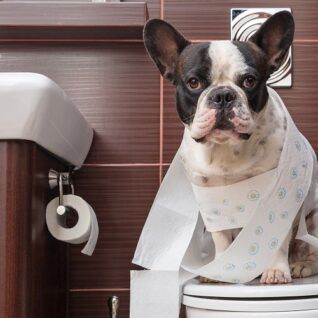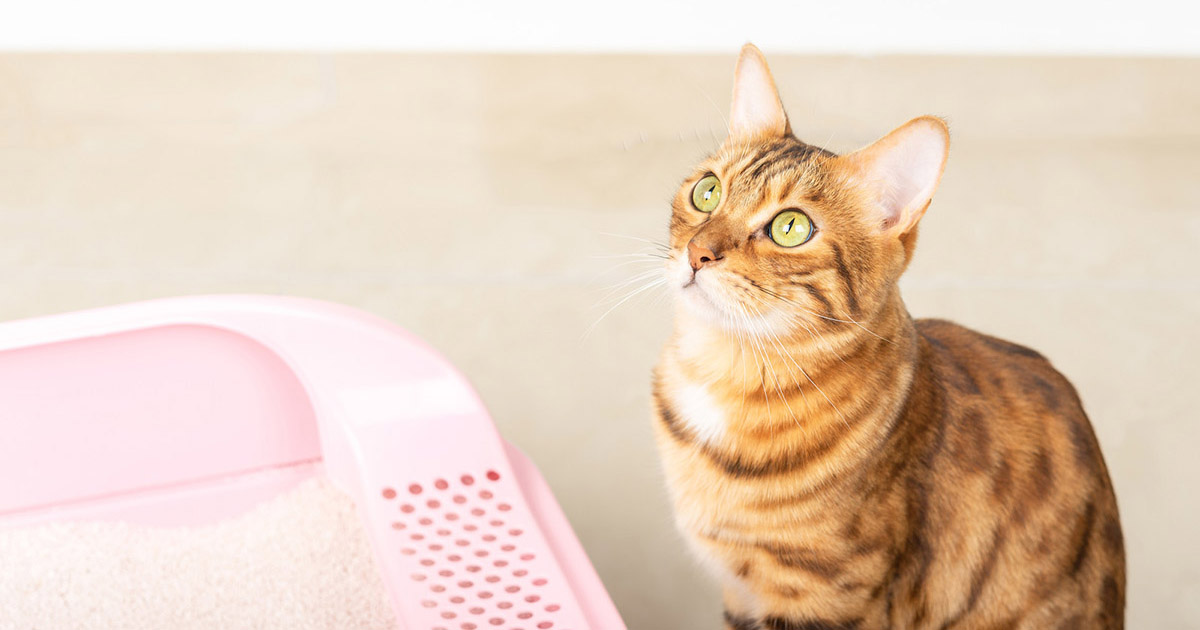The Results of Flushing Animal Waste Down the Toilet
The Results of Flushing Animal Waste Down the Toilet
Blog Article
What are your beliefs about Why you should never flush dog poop down the toilet?

When it pertains to disposing of waste, specifically animal waste, lots of people commonly resort to the convenient choice of flushing it down the toilet. Nevertheless, this relatively very easy option can have significant consequences for the environment and public health. In this write-up, we'll discover why flushing pet waste down the commode is a negative concept and give alternative techniques for correct disposal.
Intro
Correct waste disposal is important for maintaining environmental sustainability and public health. While it might seem safe to flush animal waste down the bathroom, it can lead to numerous issues, both for the setting and human wellness.
Risks of flushing pet waste
Ecological effect
Purging animal waste presents damaging microorganisms and microorganisms into waterways, which can negatively impact aquatic ecological communities. These virus can infect water resources and injury marine life, interrupting fragile ecosystems.
Public health issues
Animal waste includes dangerous microorganisms such as E. coli and Salmonella, which can position serious health and wellness risks to human beings. Flushing pet waste down the bathroom can contaminate water supplies, causing the spread of illness and infections.
Alternatives to flushing
Instead of purging animal waste down the bathroom, there are numerous different disposal approaches that are much more environmentally friendly and sanitary.
Composting
Composting pet waste is a green means to dispose of it. By composting, organic matter is broken down into nutrient-rich soil, which can be utilized to feed yards and plants.
Land fill disposal
Dealing with animal waste in a land fill is one more alternative. While not as eco-friendly as composting, it is a much safer option to flushing, as it stops the contamination of water sources.
Animal garbage disposal systems
There are specific animal waste disposal systems readily available that safely and hygienically throw away pet waste. These systems commonly use enzymes to break down waste and eliminate smells.
Steps to correct animal garbage disposal
To guarantee correct disposal of animal waste, adhere to these steps:
Scooping and landing waste
Frequently scoop and bag animal waste making use of naturally degradable bags. This protects against waste from contaminating the environment.
Using designated waste bins
Dispose of bagged animal waste in designated waste containers, such as garden compost bins or garbage dump containers. Stay clear of flushing it down the toilet in all prices.
Cleaning up can and family pet locations on a regular basis
Consistently tidy litter boxes and pet dog locations to stop the accumulation of waste and bacteria. Usage pet-safe cleaning items to keep health.
Benefits of correct disposal methods
Embracing proper disposal approaches for pet waste provides several benefits:
Minimized environmental pollution
Appropriate disposal methods reduce the risk of environmental pollution, shielding waterways and communities from contamination
Decreased threat of water contamination.
By avoiding flushing pet waste down the bathroom, the danger of water contamination is considerably decreased, safeguarding public health.
Boosted cleanliness and health
Proper disposal methods promote much better sanitation and health, developing a much safer setting for both people and animals.
Conclusion
In conclusion, flushing animal waste down the commode is unsafe to the environment and public health. By adopting alternative disposal techniques and adhering to correct waste administration techniques, we can reduce the adverse influence of animal waste and add to a cleaner, much healthier planet.
What To Do With Dog Poo – The Do's And Don'ts Of Disposing Of Faeces
Dog poo bins
Some councils provide dedicated dog waste bins in popular dog-walking areas that can take dog poo that has been bagged but you can legally dispose of dog waste in any public litter bin, as long as it is securely bagged. This also applies to your wheelie bin at home.
Do not flush
Water companies do not recommend flushing dog faeces down the toilet because certain parasites can survive the water processing treatment and are potentially harmful to humans. You should also never consider flushing dog poo that has been bagged down the toilet as the bags will not break down and instead create severe blockages in the sewage system.
In the woods
The Forestry Commission promotes a ‘stick and flick’ method for dealing with waste in the woods. This means finding a stick and using it to flick any poo from off the path so that it is out of the way of other walkers. You could also bury it as long as it is not in an area where there might be livestock.
Livestock
Parasites found in dog poo can be transmitted to livestock if they inadvertently eat infected faeces that has been left on grazing land. This could result in the death of sheep or abortion in cattle so you should always make sure you pick up your dog’s waste in fields where livestock could be present.

Consistently tidy litter boxes and pet dog locations to stop the accumulation of waste and bacteria. Usage pet-safe cleaning items to keep health.
Benefits of correct disposal methods
Embracing proper disposal approaches for pet waste provides several benefits:
Minimized environmental pollution
Appropriate disposal methods reduce the risk of environmental pollution, shielding waterways and communities from contamination
Decreased threat of water contamination.
By avoiding flushing pet waste down the bathroom, the danger of water contamination is considerably decreased, safeguarding public health.
Boosted cleanliness and health
Proper disposal methods promote much better sanitation and health, developing a much safer setting for both people and animals.
Conclusion
In conclusion, flushing animal waste down the commode is unsafe to the environment and public health. By adopting alternative disposal techniques and adhering to correct waste administration techniques, we can reduce the adverse influence of animal waste and add to a cleaner, much healthier planet.
What To Do With Dog Poo – The Do's And Don'ts Of Disposing Of Faeces
Dog poo bins
Some councils provide dedicated dog waste bins in popular dog-walking areas that can take dog poo that has been bagged but you can legally dispose of dog waste in any public litter bin, as long as it is securely bagged. This also applies to your wheelie bin at home.
Do not flush
Water companies do not recommend flushing dog faeces down the toilet because certain parasites can survive the water processing treatment and are potentially harmful to humans. You should also never consider flushing dog poo that has been bagged down the toilet as the bags will not break down and instead create severe blockages in the sewage system.
In the woods
The Forestry Commission promotes a ‘stick and flick’ method for dealing with waste in the woods. This means finding a stick and using it to flick any poo from off the path so that it is out of the way of other walkers. You could also bury it as long as it is not in an area where there might be livestock.
Livestock
Parasites found in dog poo can be transmitted to livestock if they inadvertently eat infected faeces that has been left on grazing land. This could result in the death of sheep or abortion in cattle so you should always make sure you pick up your dog’s waste in fields where livestock could be present.

I'm just very eager about Why you should never flush dog poop down the toilet and I'm hoping you enjoyed reading my entry. Sharing is good. Helping others is fun. I recognize the value of your readership.
Get Offer Report this page